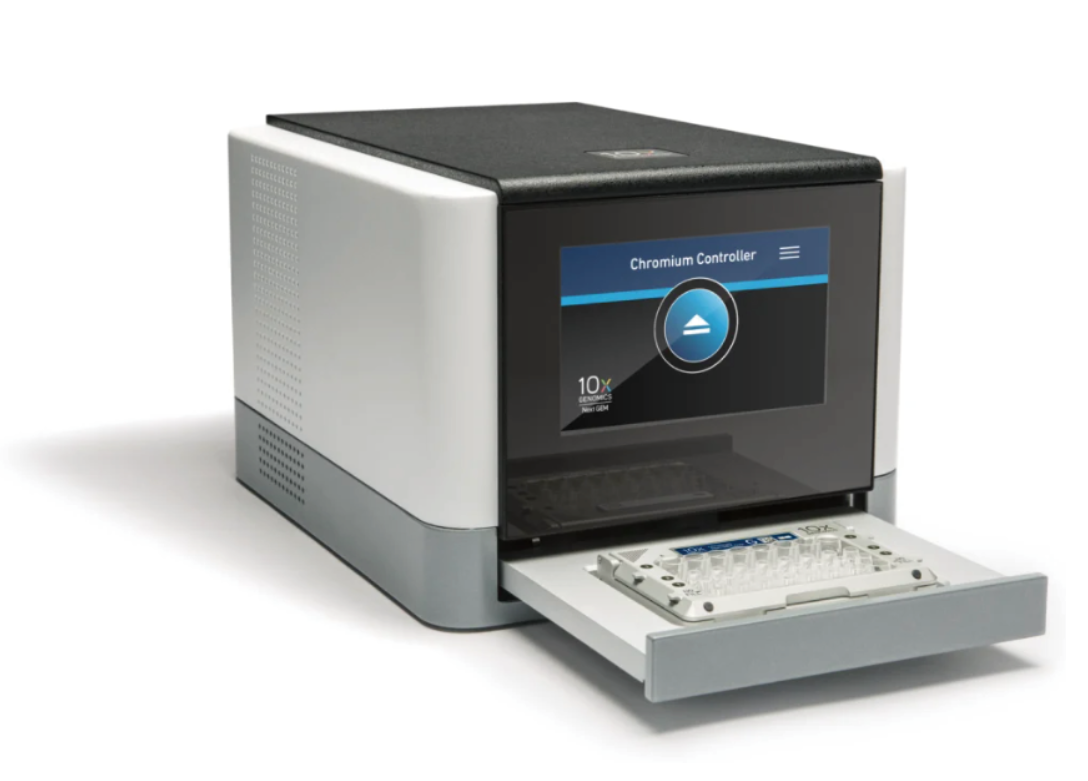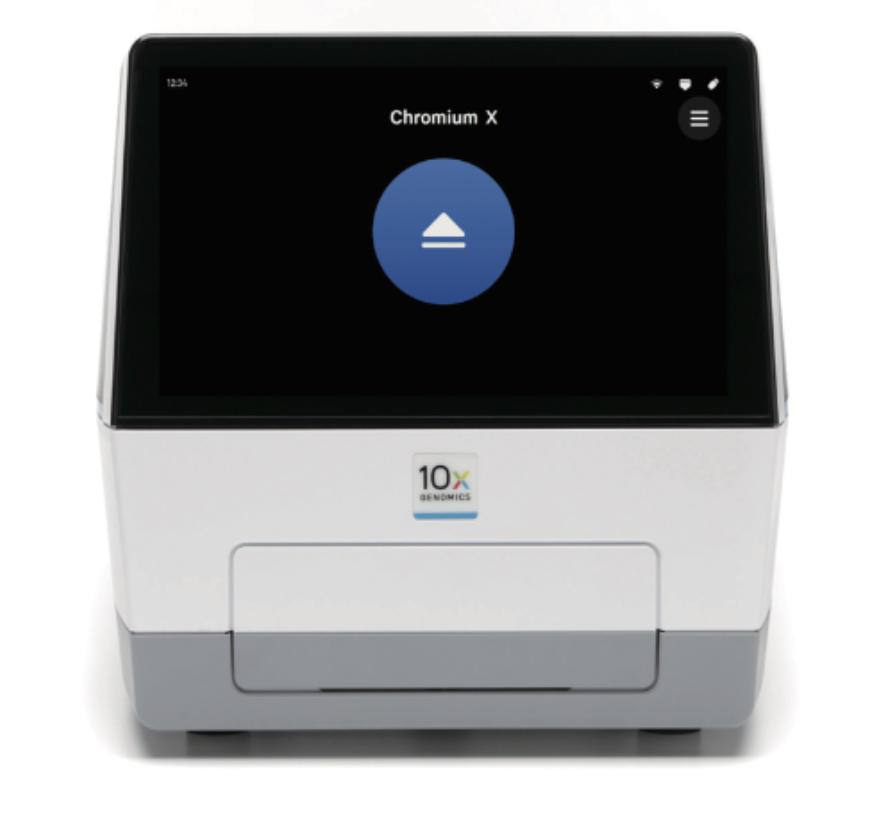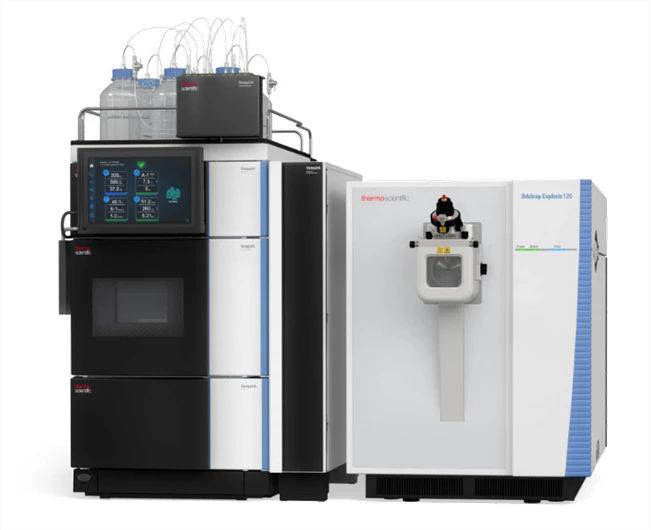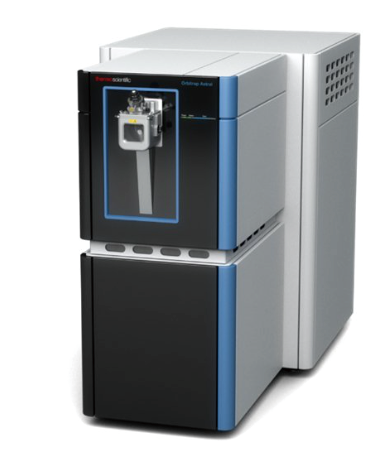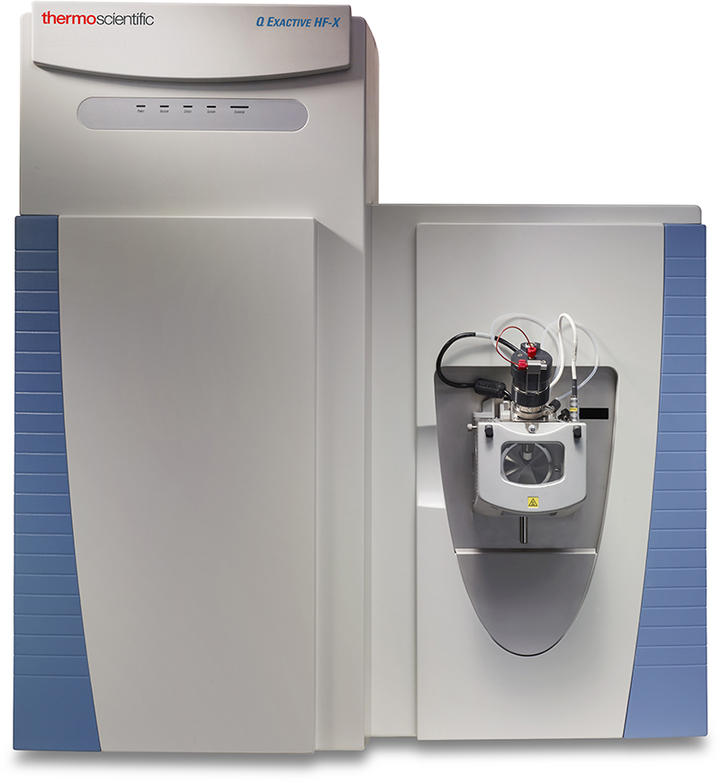Abstract:
The gut microbiome is hypothesized to play a critical role in gastrointestinal diseases, including antibiotic-associated diarrhea (AAD). To determine whether the traditional Chinese herbal formula of Shen Ling Bai Zhu San (SLBZS) modulates the composition of the gut microbiome during AAD treatment, an AAD diarrhea model was prepared in rats by gastric gavage with lincomycin for 7 successive days, followed by administration of SLBZS for one week. At all time points after the SLBZS treatment, the diarrhea rates were significantly or at least numerically lower than that of the untreated model group. Overall structural modulation of the gut microbiome occurred after SLBZS treatment, with reverting effects on the AAD-induced structural variations. At the genus level, the relative abundance of Sutterella was negatively correlated with SLBZS treatment and positively correlated with a lack of treatment, suggesting that Sutterella might be a pivotal phylotype associated with the improvement of AAD. The key phylotypes of the gut microbiome that responded to SLBZS indicated enrichment of beneficial bacteria, and particularly Bacteroides spp. These data therefore demonstrated that structural changes of the gut microbiome are induced by the Chinese herbal formula SLBZS. In conclusion, changes in the gut microbiome are associated with the diarrhea-controlling effect of SLBZS.











